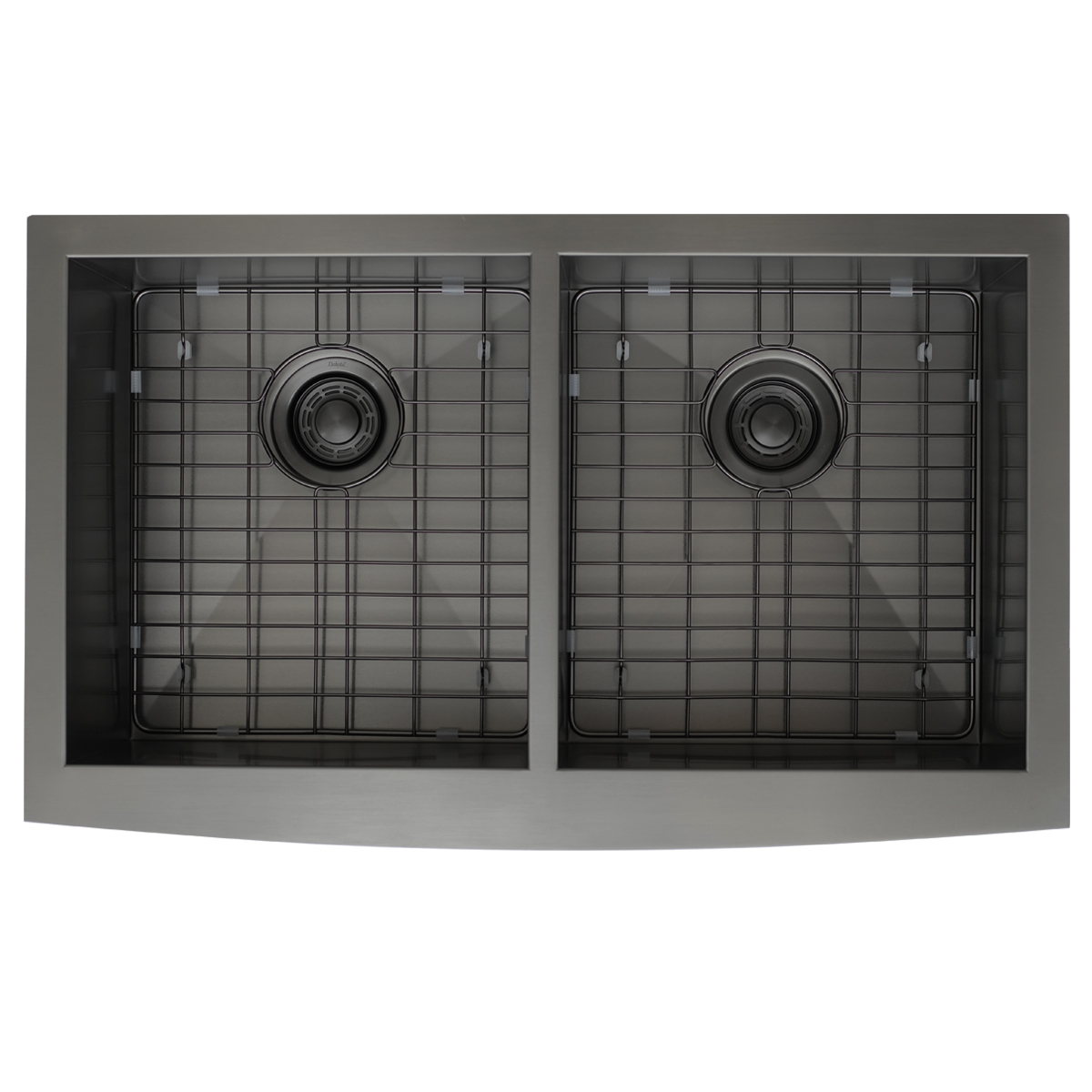How to Repair Scratched Acrylic
Acrylic provides more design and color options than steel, and repairs are usually simple. Acrylic is a strong and durable material that is often used as an alternative to glass in windows and other products because it doesn’t shatter. Acrylic is also durable, but vulnerable to scratches and small chips caused by sharp utensils and other hard objects. Scratches in your acrylic finish do not mean you have to replace or completely refinish it. Most scratches can be repaired by sanding and applying a polishing compound.
1) Cut a piece of 2,000-grit wet/dry sandpaper into a 2-inch square and place this into a container of cold water. Let it soak for about five minutes.
2) Clean the surface with a damp cloth to remove dirt and debris and dry with a clean towel.
3) Sand the scratched area with the soaked sandpaper. Move the sandpaper in a circular motion around the scratch, applying light pressure. Keep the sandpaper wet the entire time you work.
4) Avoid sanding in one area for too long to avoid softening the acrylic with the heat caused by the friction.
5) Continue sanding until the scratch fades significantly and you’re left with a slight haze on the acrylic.
6) Soak a piece of 1,500-grit wet/dry sandpaper in cold water for five minutes if the scratch is not removed using 2,000-grit. Sand the area again, using a circular motion and light pressure.
7) Pause about every 30 seconds to dry the area and check your progress. Keep the sandpaper wet as you work.
8) Stop sanding when the scratch is barely discernible and dry the area thoroughly with a clean towel.
9) Finish by sanding once more with a 2-inch square of wet 2,000-grit sandpaper until the surface of the area is smooth. Dry the area completely with a clean towel.
10) Apply a thin layer of medium-coarse polishing compound to the area using a soft, lint-free cloth. Make sure the compound is intended for use with acrylic finishes.
11) Buff the compound into the sanded acrylic in small circles to remove haze and scratches. Do not buff a single area too long.
12) Apply a fine polishing compound to a new cloth and apply to the acrylic to fill in any remaining scratches. Buff in a circular motion until the surface is smooth and leave it to dry.
Things You Will Need:
• 2,000-grit wet/dry sandpaper
• 1,500-grit wet/dry sandpaper
• 1,000-grit wet/dry sandpaper
• Scissors
• Water
• Towel
• Polishing compounds
• Soft, lint-free cloth
Tips: Polishing compound, also knowing as rubbing compound, is available at most automotive and paint supply stores. Water serves as a lubricant that prevents buildup of residues on the paper, which can reduce its effectiveness. The 2,000-grit sandpaper is the finest grit available and should remove most surface scratches in acrylic sinks. Slightly deeper scratches will require 1,500-grit, which is a coarser paper. Deep scratches may require the use of a coarser 1,000-grit paper, but do not use a lower grit than that, or you risk adding scratches to the acrylic instead of removing them.
Download Print Version: Acrylic Sink Repair


